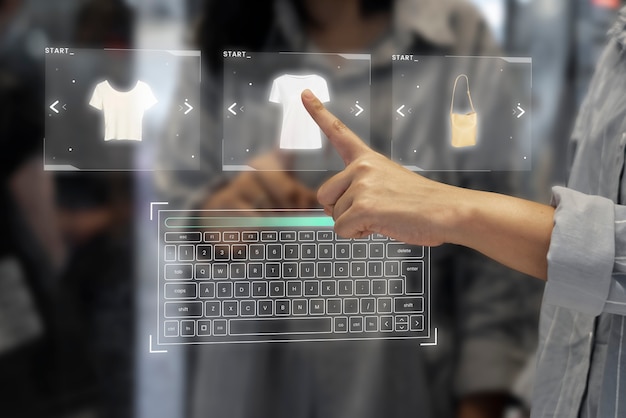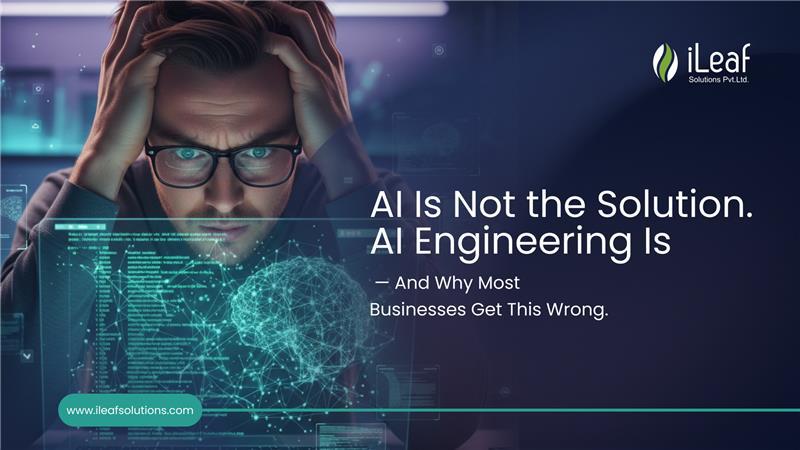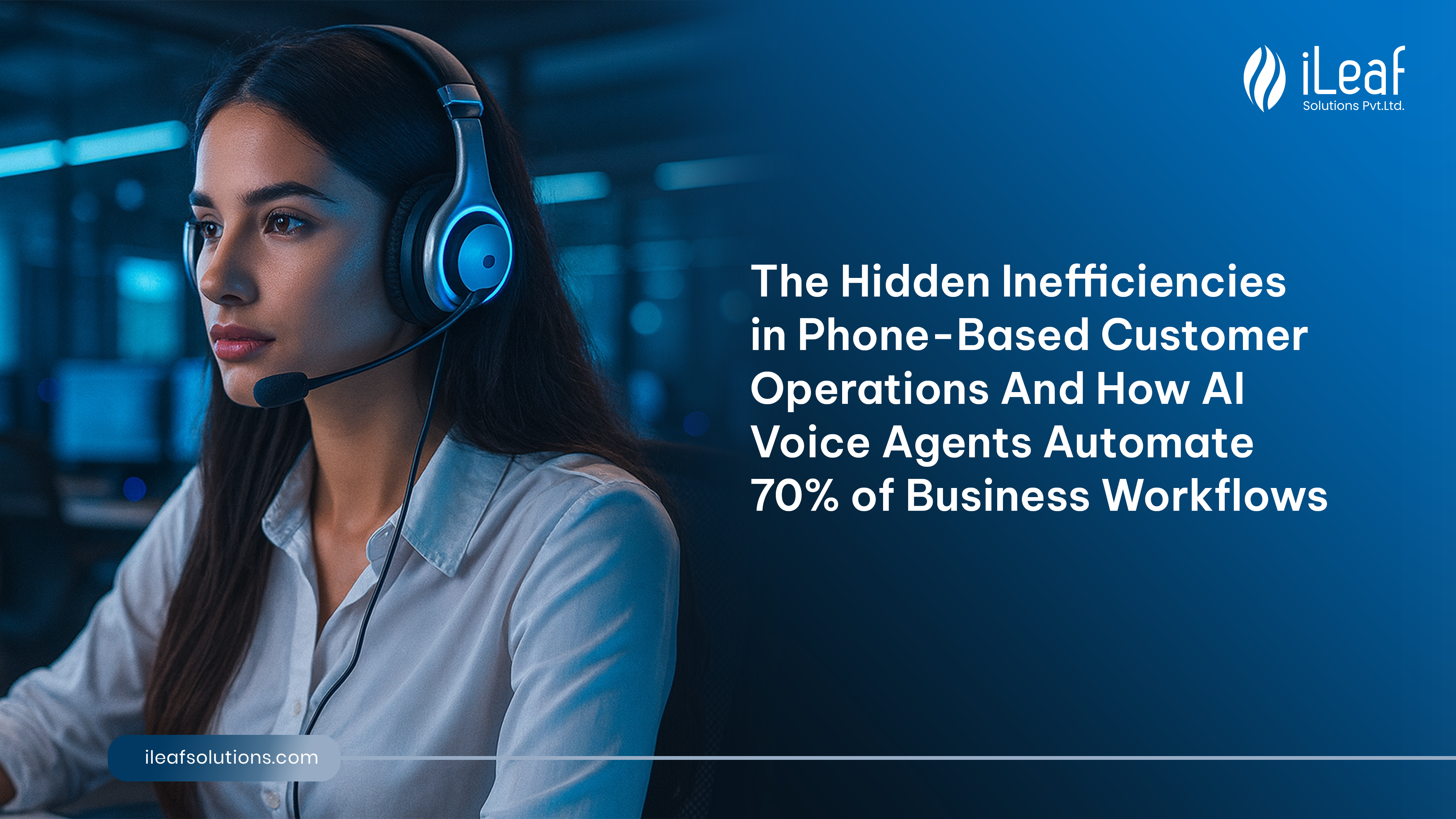The Power Couple: How AI and Edge Computing are Revolutionizing the Internet of Things
Overview
- Introduction
- Unleashing the Power of Predictive Maintenance
- Building Smarter Cities
- Revolutionizing Retail
- Personalized Healthcare
- Securing the Future of IoT
- Looking Ahead
Introduction
IoT has woven itself into our day-to-day life—from the smart thermostat in the house, which knows when you are away or sleeping, to your Fitbit. Interconnected, IoT devices make our lives smart and efficient by virtue of data collection and transmission. But to unlock the true potential of IoT, one needs a dynamic duo: Artificial Intelligence and Edge Computing.The convergence of AI, edge computing, and IoT is ushering in a new era of intelligent and autonomous devices.
Think of IoT devices as the eyes and ears of the environment, which are always there, gathering information. But raw data is useless without the ability to analyze it and understand it. Step in AI, the brain of the operations. AI algorithms can spot patterns, predict, and even automate based on the data provided by IoT devices.
Here's the challenge: sending all this data to a central cloud for processing does lead to latency issues, especially with real-time applications. Enter edge computing. Edge devices—think of them as mini-data centers—process information locally, at the "edge" of the network, closer to where the data is generated. This decreases latency, increases efficiency, and enables faster decision-making.
Together, AI and edge computing are a power couple and transform the way we interact with the world around us. Let's delve deeper into this dynamic partnership and explore how it is positively affecting change.
Unleashing the Power of Predictive Maintenance
Imagine industrial machinery that can predict its own failures. By combining the data from IoT devices with AI algorithms, companies can get exactly that. Predictive maintenance analyzes sensor readings to detect anomalies that could signal an approaching failure. Thus, it enables early detection and provides time for intervention before the expensive downtime.

My observation is that industries such as manufacturing and transportation have much to gain from this. It can cripple a production line and even disrupt schedules if some equipment fails without warning. Predictive maintenance powered by AI and edge computing could minimize the time spent and optimize other uses of resources.
Building Smarter Cities
Our cities are oozing with room for optimization. From traffic lights and waste management systems to even public lighting, the list is long, and all this can be changed with the dynamic duo of AI and edge computing.
IoT sensors can monitor traffic flow, and AI algorithms can dynamically adjust traffic light timings to reduce congestion. Likewise, real-time data on the accumulation of waste can be used to optimize routes of garbage collectors. Smart lighting systems that dim based on occupancy can save energy.The effect goes way beyond efficiency. Analyzing data on noise levels and air quality could help cities pinpoint areas in need of intervention to obtain a more sustainable and.
Revolutionizing Retail
Retail is changing in a big way. Just imagine a store that personalizes your shopping before you ever step inside. Using past purchases and browsing behavior, AI algorithms can make relevant product recommendations. IoT sensors can track inventory levels in real time and can avoid stockouts to ensure a seamless customer experience.

Besides that, AI-driven facial recognition can identify returning customers and greet them with their names to provide a personalized touch. In my view, the technology comes with two edges. Where personalization can be used to enhance customer experience, the privacy concerns will have to be addressed responsibly.
Personalized Healthcare
The healthcare sector has a lot to benefit from the incorporation of AI and edge computing with IoT devices. Wearable health monitors will be able to track a subject's vital signs and transmit the information into AI-enabled systems that will interpret it in real time. This can enable early detection of some budding health issues and lead to timely intervention. Imagine a situation when an AI system detects an abnormal heartbeat from a wearable device and immediately alerts the user or even health providers. It could save lives, especially for people with chronic diseases.
Securing the Future of IoT
The dimension that IoT has added to the world in terms of connectivity of devices introduces another dimension to security threats. With the increasing surface area of attack, tight security becomes very important. Cyber threats can then be identified and acted upon by AI algorithms in real-time, securing the IoT devices and the data they collect.
Edge computing also features at a critical point in security. By processing data locally, the attack surface is reduced, making it harder for hackers to get access to sensitive information.
Looking Ahead
In the landscape of the IoT, its potential to completely revolutionize, powered by AI and edge computing, is undeniable. As the technologies keep up with further innovation, we can look ahead to more pathbreaking applications in scores of industries. But the ethical considerations and responsible data practices have to be accounted for.
The future of IoT belongs to collaboration. Equipped with the power of AI and edge computing, the world can be a much smarter, more efficient, and last but not least, a better-connected place.














